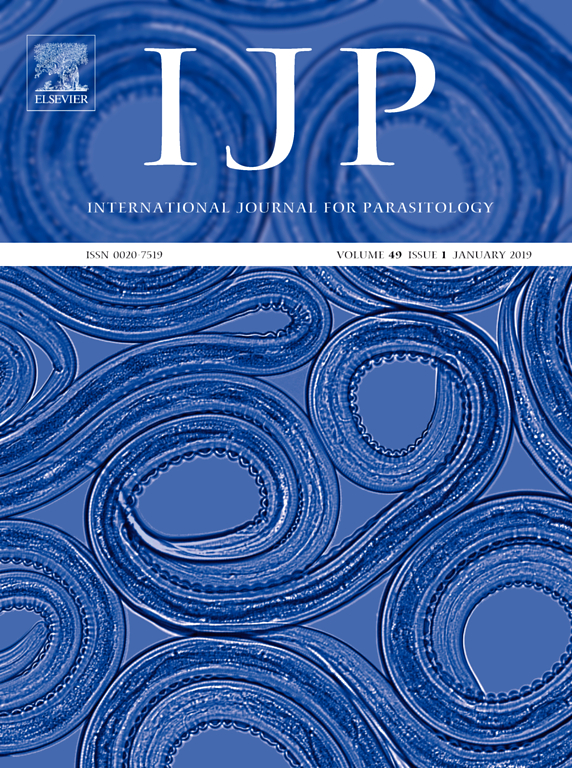Ver ítem
- xmlui.general.dspace_homeCentros e Institutos de InvestigaciónCICVyA. Centro de Investigación en Ciencias Veterinarias y AgronómicasInstituto de PatobiologíaArtículos científicosxmlui.ArtifactBrowser.ItemViewer.trail
- Inicio
- Centros e Institutos de Investigación
- CICVyA. Centro de Investigación en Ciencias Veterinarias y Agronómicas
- Instituto de Patobiología
- Artículos científicos
- Ver ítem
Vaccination against babesiosis using recombinant GPI-anchored proteins
Resumen
The increase in human babesiosis is of major concern to health authorities. In the USA, most of these cases are due to infections with Babesia microti, whereas in Europe B. divergens is the major cause of clinical disease in humans. Here we review the immunological and biological literature of glycosylphosphatidylinositol (GPI)-anchored merozoite proteins of human Babesia parasites with emphasis on their role in immunity, and provide some new
[ver mas...]
The increase in human babesiosis is of major concern to health authorities. In the USA, most of these cases are due to infections with Babesia microti, whereas in Europe B. divergens is the major cause of clinical disease in humans. Here we review the immunological and biological literature of glycosylphosphatidylinositol (GPI)-anchored merozoite proteins of human Babesia parasites with emphasis on their role in immunity, and provide some new bioinformatical information on B. microti GPI-Anchored Proteins (GPI-AP). Cattle can be vaccinated with soluble parasite antigens (SPA) of Babesia divergens that are released by the parasite during proliferation. The major component in SPA preparations appeared to be a 37 kDa merozoite surface protein that is anchored in the merozoite membrane by a GPI anchor. Animals could be protected by vaccination with the recombinant 37 kDa protein expressed in Escherichia coli, provided the protein had a hydrophobic terminal sequence. Based on this knowledge, a recombinant vaccine was developed against Babesia canis infection in dogs, successfully. In order to identify similar GPI-AP in B. microti, the genome was analysed. Here it is shown that B. microti encodes all proteins necessary for GPI assembly and its subsequent protein transfer. In addition, in total 21 genes encoding for GPI-AP were detected, some of which reacted particularly strongly with sera from B. microti-infected human patients. Reactivity of antibodies with GPI-anchored merozoite proteins appears to be dependent on the structural conformation of the molecule. It is suggested that the three-dimensional structure of the protein that is anchored in the membrane is different from that of the protein that has been shed from the merozoite surface. The significance of this protein’s dynamics in parasite biology and immune evasion is discussed. Finally, we discuss developments in tick and Babesia vaccine research, and the role such vaccines could play in the control of human babesiosis.
[Cerrar]

Autor
Wieser, Sara Nathaly;
Schnittger, Leonhard;
Florin-Christensen, Monica;
Delbecq, Stephane;
Schetters, Theo;
Descripción
In Press, Corrected Proof
Fuente
International journal for parasitology (24 January 2019)
Fecha
2019-01
Editorial
Elsevier
ISSN
0020-7519
Formato
pdf
Tipo de documento
artículo
Palabras Claves
Derechos de acceso
Restringido
 Excepto donde se diga explicitamente, este item se publica bajo la siguiente descripción: Creative Commons Attribution-NonCommercial-ShareAlike 2.5 Unported (CC BY-NC-SA 2.5)
Excepto donde se diga explicitamente, este item se publica bajo la siguiente descripción: Creative Commons Attribution-NonCommercial-ShareAlike 2.5 Unported (CC BY-NC-SA 2.5)

